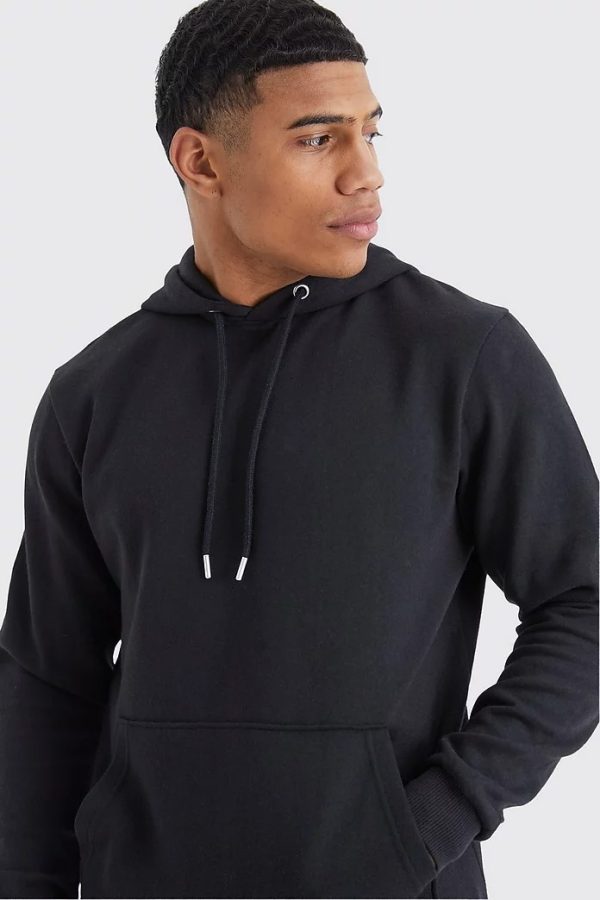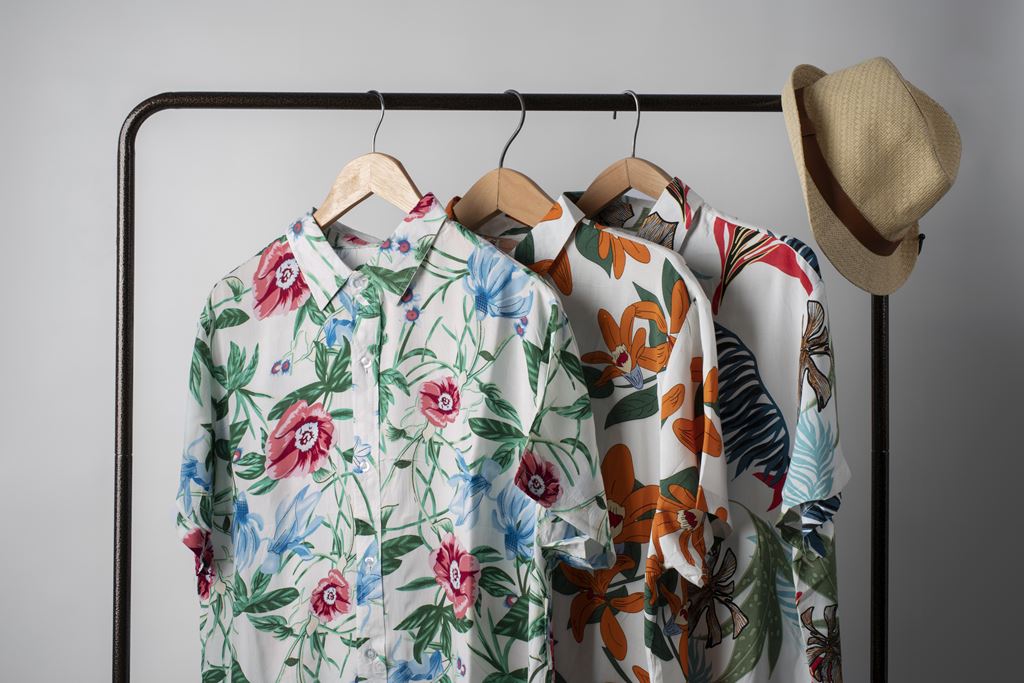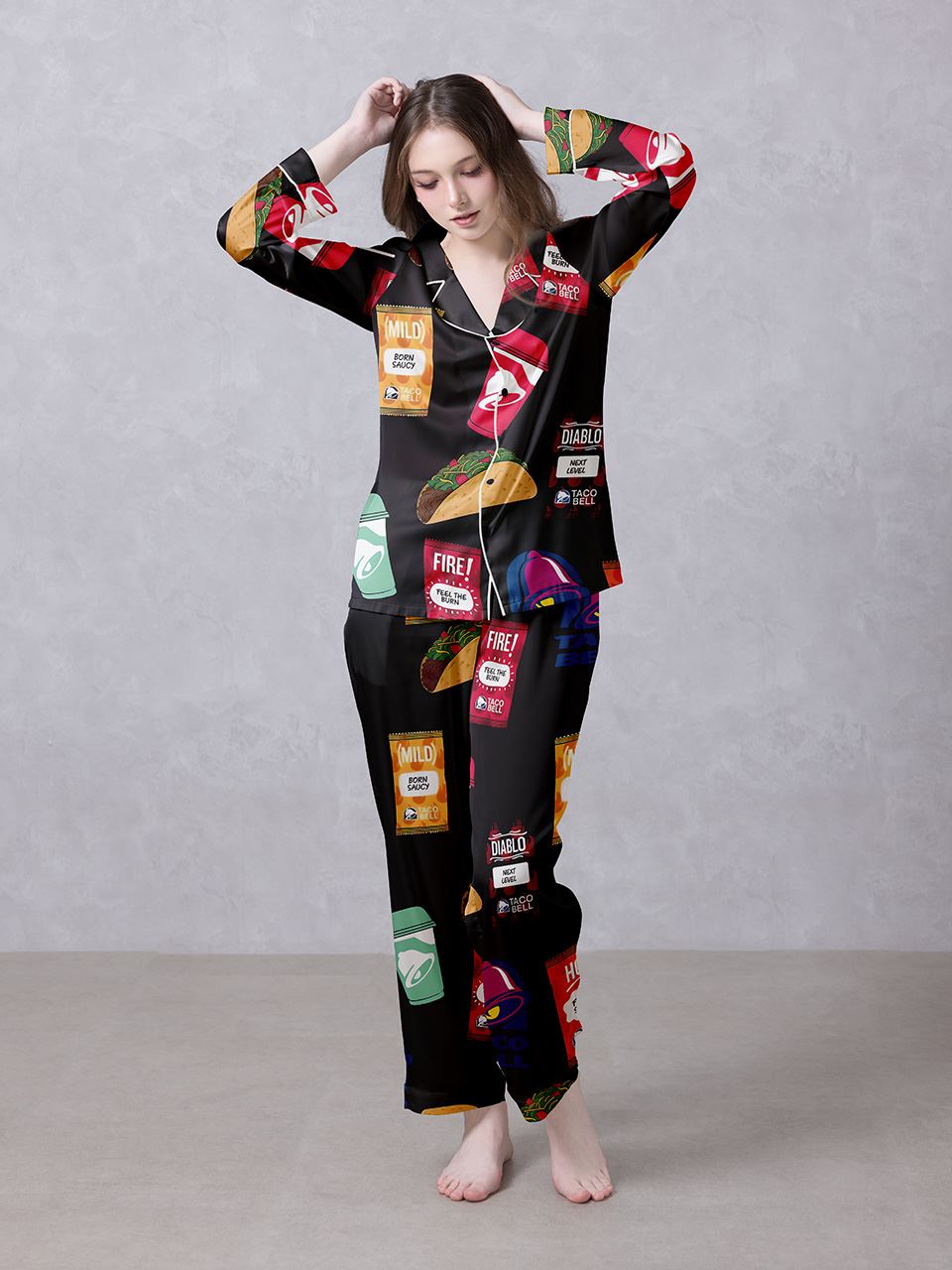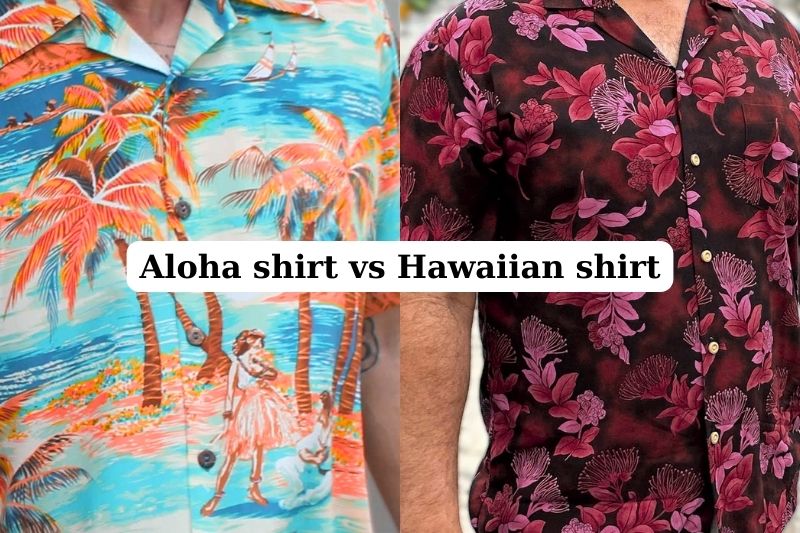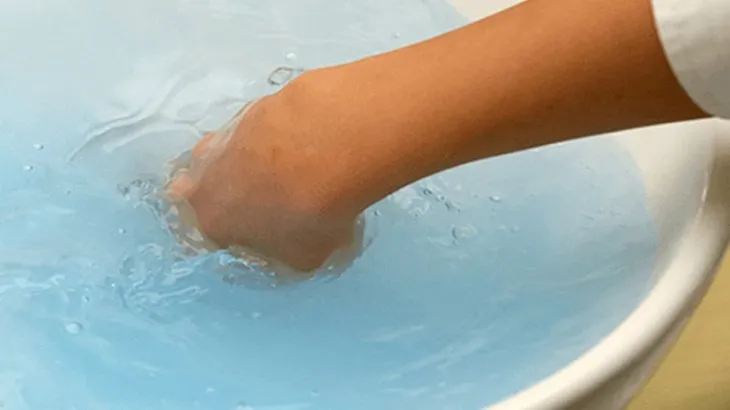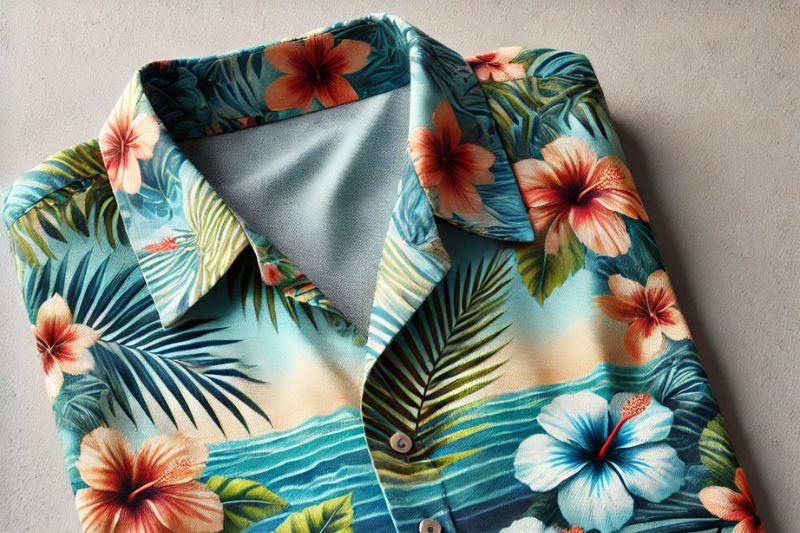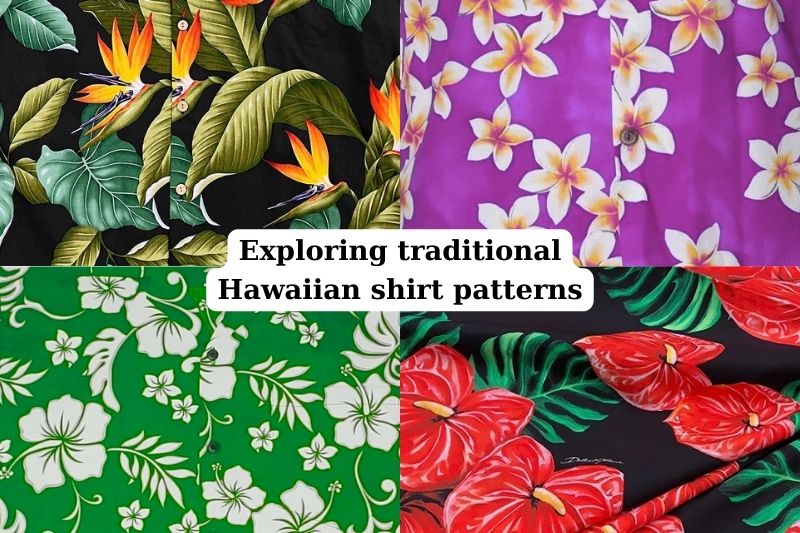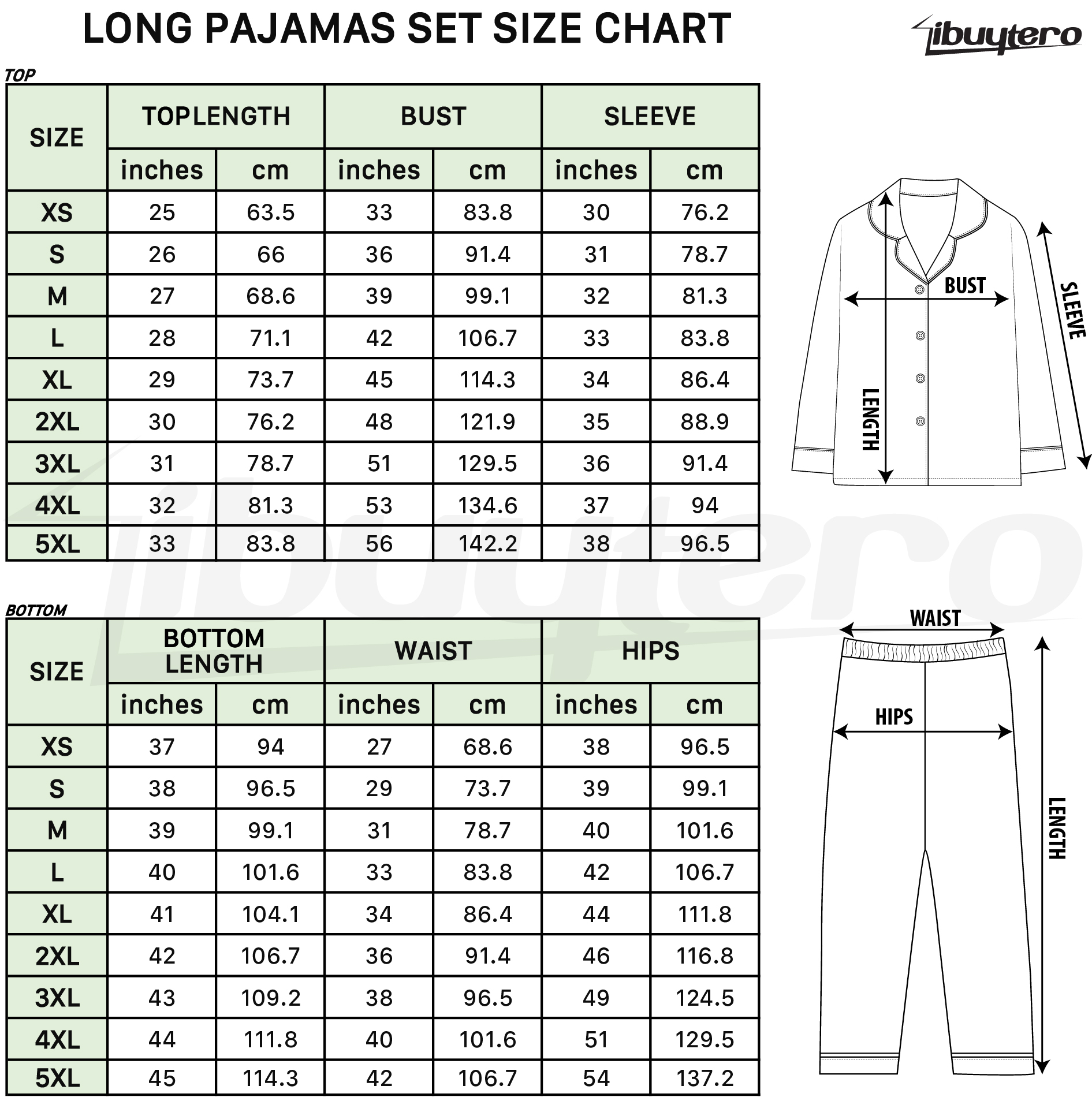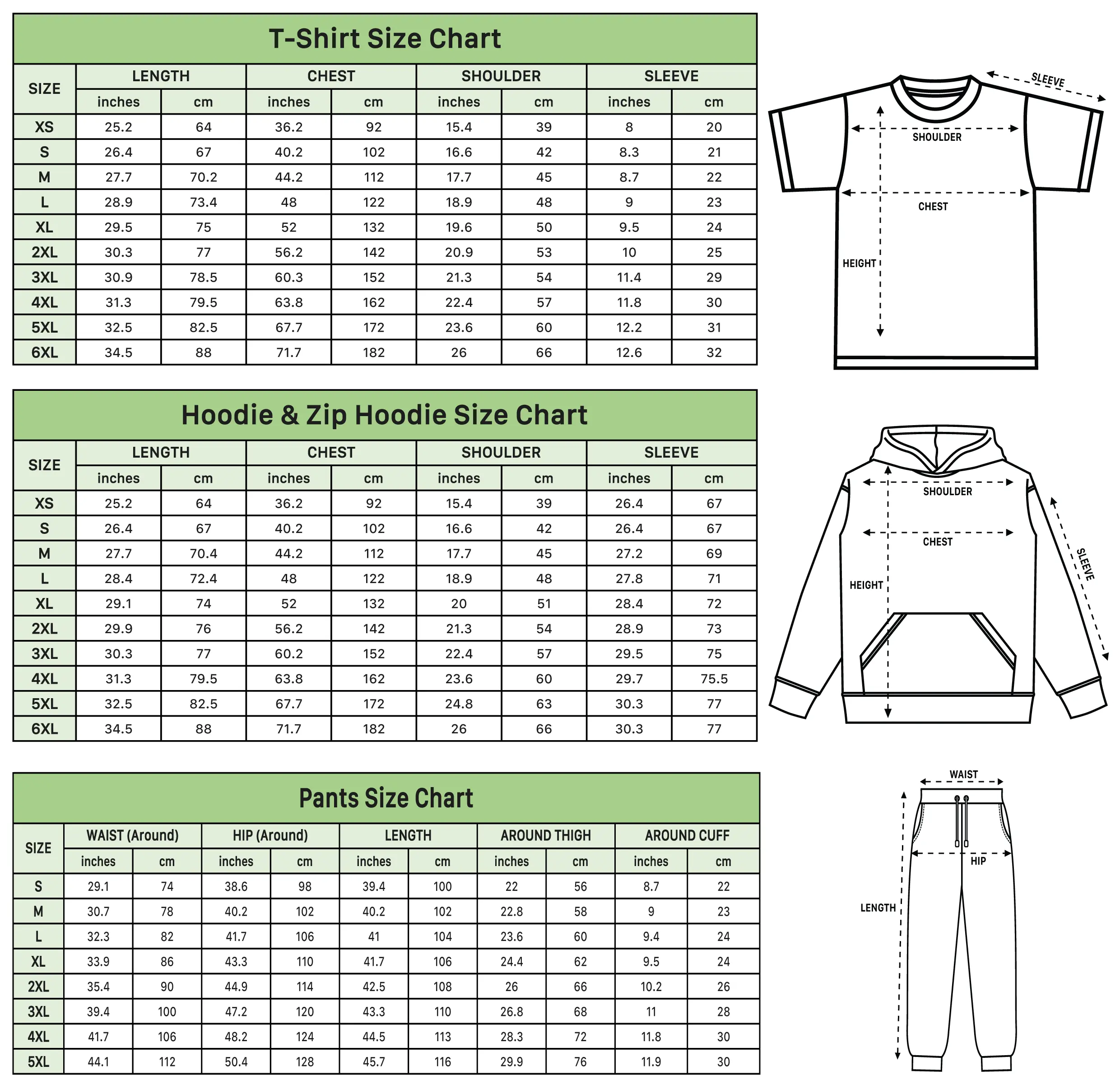What are Hawaiian Shirts made of? Exploring the fabrics behind the Aloha Shirt
When people think of Hawaiian shirts, they often picture vibrant colors and tropical patterns, but what are Hawaiian shirts made of? The fabric used plays a significant role in the shirt’s comfort, durability, and overall style. From breathable cotton to luxurious silk, each material has unique qualities that contribute to the iconic appeal of these shirts. In this article, we’ll explore the different fabrics behind Hawaiian shirts, helping you understand what makes them so popular and suitable for various occasions.
I. Traditional fabrics used in Hawaiian Shirts
Hawaiian shirts are not just a fashion statement; they’re a reflection of the vibrant culture and laid-back lifestyle of Hawaii. The choice of fabric plays a crucial role in their popularity and comfort, particularly in Hawaii’s tropical climate.
One of the most commonly used materials in Hawaiian shirts is cotton. As a versatile natural fiber, cotton has been favored for centuries for its softness and breathability. When woven into fabric, it allows excellent air circulation, keeping the wearer cool and comfortable, even on the hottest days on the islands.
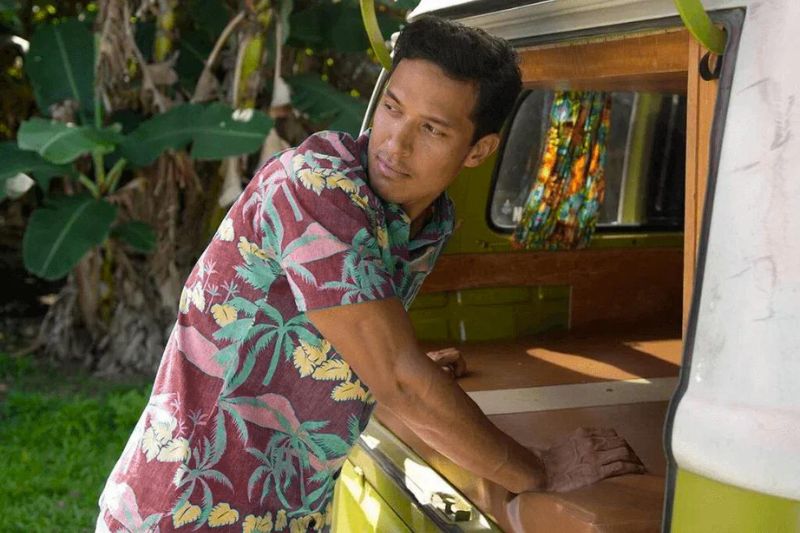
Beyond cotton, silk is another luxurious fabric often used in traditional Hawaiian shirts. Renowned for its lustrous sheen and smooth texture, silk glides effortlessly across the skin, providing unmatched comfort. The added sophistication that silk brings makes these Hawaiian shirts ideal for special occasions or formal events, where the wearer seeks to make a stylish yet comfortable impression.
Rayon, a semi-synthetic fabric made from cellulose fibers, is also a popular choice for Hawaiian shirts. Known for its lightweight feel and soft touch, rayon offers a unique blend of comfort and style. The vibrant colors and intricate patterns that can be achieved with rayon make these shirts stand out, perfectly capturing the essence of Hawaiian spirit.
II. What are Hawaiian Shirts made of?
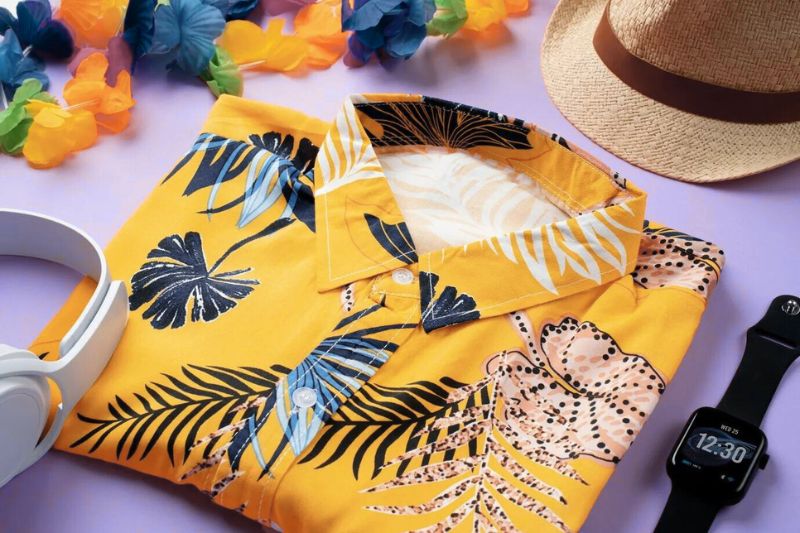
1. Rayon: The classic choice for Aloha Shirts
When Hawaiian shirts first emerged in the 1930s, rayon was the fabric of choice. Rayon is a semi-synthetic material made from cellulose fibers, typically derived from wood pulp. The fabric was prized for its silky texture, excellent draping, and ability to absorb dyes vividly. This made it perfect for capturing the vibrant floral, island, and tropical prints that define the Aloha shirt style.
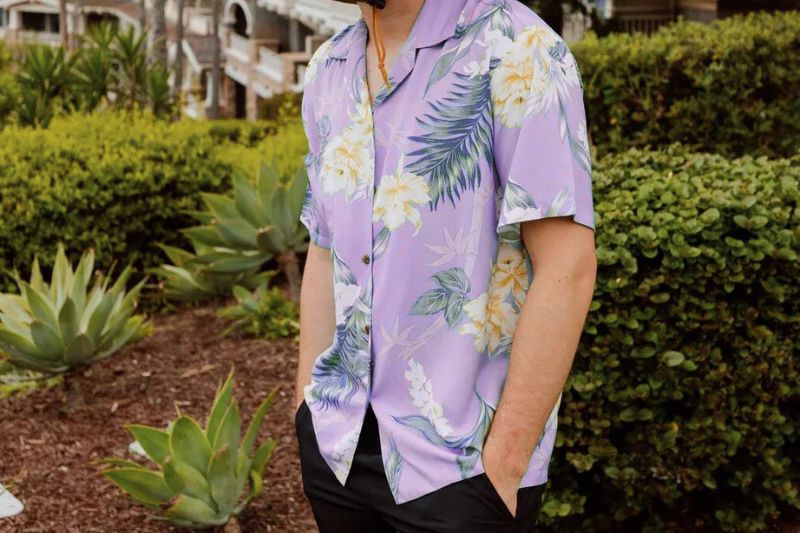
Advantages of Rayon:
- Softness and comfort: Rayon feels smooth against the skin and is breathable, making it a great choice for warm weather.
- Vivid prints: Rayon’s absorbency allows it to hold bright, detailed prints exceptionally well, enhancing the shirt’s aesthetic appeal.
- Natural drape: It hangs loosely on the body, giving the shirt a relaxed, flowing look that aligns with the easy-going Hawaiian lifestyle.
However, rayon does have some drawbacks. It is more prone to wrinkles and may require careful washing, as it can shrink or lose its shape if not handled properly. Despite this, rayon remains a popular fabric for more traditional, vintage-style Hawaiian shirts because of its rich history and luxurious feel.
2. Cotton: The breathable natural fiber
As Hawaiian shirts grew in popularity, cotton became a go-to fabric, especially for casual, everyday wear. Cotton is a natural fiber known for its breathability, moisture-wicking properties, and durability. In Hawaii’s hot and humid climate, cotton’s ability to keep the wearer cool and comfortable made it an attractive option.
Advantages of Cotton:
- Breathability: Cotton is highly breathable and allows air to circulate, making it comfortable to wear even in tropical climates.
- Moisture-wicking: It absorbs sweat and helps keep the wearer dry, which is ideal for outdoor activities or beachwear.
- Easy maintenance: Cotton shirts are generally easier to wash and maintain compared to rayon. They can be machine-washed and ironed without losing their shape.
While cotton holds color well, it doesn’t retain the same level of vividness as rayon does. Cotton Hawaiian shirts also tend to have a slightly more structured fit, which can make them appear less flowy than their rayon counterparts. That said, cotton’s ease of care and durability have made it one of the most widely used fabrics in modern Hawaiian shirts.
3. Silk: Luxurious island style
For those looking for a more premium option, silk Hawaiian shirts offer a touch of elegance and luxury. Silk is a natural fiber produced by silkworms, known for its soft, smooth texture and subtle sheen. Silk Aloha shirts are often worn for special occasions or when a more refined look is desired.
Advantages of Silk:
- Luxurious texture: Silk feels incredibly soft and smooth against the skin, offering unmatched comfort.
- Elegant drape: Like rayon, silk hangs beautifully on the body, giving the shirt a sophisticated, fluid look.
- Natural sheen: The subtle shine of silk elevates the overall appearance of the shirt, making it ideal for formal events or upscale settings.
However, silk can be delicate and requires careful maintenance. It is more expensive than other fabrics and is prone to staining and wrinkling. Silk Hawaiian shirts are typically reserved for special occasions rather than daily wear, but they are highly prized for their luxurious feel and refined aesthetic.
4. Polyester: The modern, durable fabric
In recent decades, polyester has become an increasingly popular material for Hawaiian shirts, especially in mass-produced or budget-friendly designs. Polyester is a synthetic fiber known for its durability, resistance to wrinkles, and ability to retain color even after multiple washes.
Advantages of Polyester:
- Durability: Polyester is resistant to wear and tear, making it a great choice for shirts that need to withstand frequent use.
- Wrinkle resistance: Polyester Hawaiian shirts don’t require ironing, making them perfect for those seeking low-maintenance clothing.
- Color retention: The synthetic fibers of polyester hold onto vibrant prints and colors exceptionally well, even after repeated washes.
While polyester offers convenience, it does have some drawbacks. It is not as breathable as natural fibers like cotton, which can make it less comfortable to wear in hot, humid environments. Some people also prefer the look and feel of more natural fabrics. However, polyester blends, which mix polyester with cotton or other fibers, can offer a compromise between comfort and durability.
5. Blended fabrics: The best of both worlds
Many modern Hawaiian shirts are made from blended fabrics, combining the strengths of two or more materials. For instance, a blend of cotton and polyester provides the breathability of cotton with the durability and wrinkle resistance of polyester.
Advantages of Blended Fabrics:
- Enhanced durability: Blends that incorporate polyester or other synthetic fibers are more resistant to damage and wear over time.
- Improved comfort: Cotton or rayon blends help maintain the softness and breathability of natural fibers while adding resilience.
- Low maintenance: Blended fabrics are easier to care for, often machine washable, and more resistant to shrinking or wrinkling.
These blends strike a balance between comfort, style, and practicality, making them a popular choice for both casual wearers and those who want a Hawaiian shirt that can withstand regular use.
6. Linen: A cool and lightweight option
Although less common in traditional Hawaiian shirts, linen has gained popularity in recent years due to its excellent breathability and lightweight feel. Linen, made from the flax plant, is highly absorbent and quick-drying, making it ideal for very hot, humid climates.
Advantages of Linen:
- Exceptional breathability: Linen allows for maximum airflow, making it the coolest fabric to wear in high temperatures.
- Natural texture: The slightly rough, textured feel of linen gives the shirt a more casual, beach-ready look.
- Eco-friendly: Linen is a sustainable fabric, produced from the flax plant, which requires fewer resources to grow compared to cotton.
Linen is, however, known for its tendency to wrinkle easily, which can be a drawback for those seeking a more polished look. Despite this, linen Hawaiian shirts are perfect for laid-back, beachy settings and are favored by those who prioritize comfort and eco-friendliness.
III. How to identify quality fabric in Hawaiian Shirts
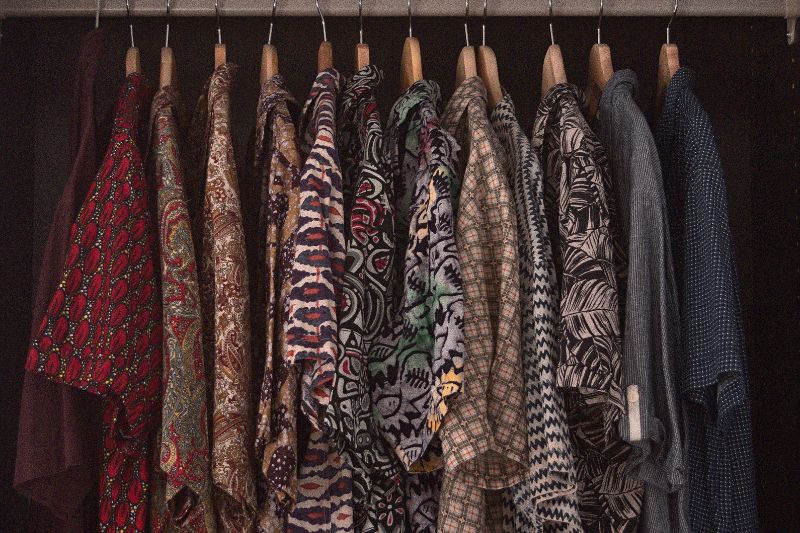
When purchasing a Hawaiian shirt, it’s important to know how to identify high-quality fabric. Here are some key factors to consider:
- Thread count: A higher thread count typically indicates a smoother, finer fabric. This results in a softer feel and a more refined appearance.
- Colorfastness: Ensure that the fabric holds its color well and doesn’t fade or bleed easily. Vibrant, long-lasting colors are a sign of quality.
- Texture: Evaluate the softness and smoothness of the fabric’s texture. Quality fabrics should feel pleasant to the touch and glide effortlessly over the skin.
- Comfort: Look for fabrics that are soft, breathable, and lightweight. These qualities are essential for the overall comfort of the shirt, especially in warm climates.
- Construction: Pay attention to the stitching and overall structure of the shirt. A well-constructed shirt will have neat seams and sturdy stitching, ensuring durability.
By considering these factors, you can find a Hawaiian shirt that not only looks great but will also last for years to come.
In addition, another important aspect of fabric quality in Hawaiian shirts is the print design. High-quality fabrics will showcase vibrant, intricate designs that are crafted with care and precision. Look for sharp, clear patterns without blurring or smudging, as this indicates superior printing techniques.
Moreover, the feel of the fabric against your skin is a key indicator of the overall quality. Premium fabrics will have a luxurious, smooth texture, offering a soft, gentle sensation when worn. As you try on the shirt, notice how the fabric drapes and moves with your body—this can give you further insight into its comfort and quality.
IV. Conclusion: Choosing the right fabric for your Aloha Shirt
The fabric you choose for your Hawaiian shirt can significantly impact both its comfort and style. Whether you prefer the softness and flow of rayon, the breathability of cotton, or the luxurious feel of silk, there’s a perfect material for every occasion. Polyester and blended fabrics offer durability and ease of care, while linen is ideal for those seeking lightweight, natural comfort.
At Teroprints, we understand that the right fabric can make all the difference in your experience of the Aloha spirit. Explore our wide selection of Hawaiian shirts, available in various fabrics, to find the perfect piece that suits your style and needs. Embrace the island vibes with the perfect Hawaiian shirt made from the fabric that’s right for you!
You can explore more about Hawaiian Islands, Hawaiian Shirts and Swim Trunks to discover their unique styles, history, and tips for choosing the right one for you. For a wide range of stylish options, visit Teroprints Shop, where you’ll find a collection of Swim Trunks and Hawaiian Shirts that are perfect for any occasion.
Don’t forget to stay connected with Teroprints on Instagram, Pinterest, and Facebook to keep up with our latest product releases and updates. Follow us for the newest trends and exclusive deals!
You can refer to the articles below for more helpful information:

